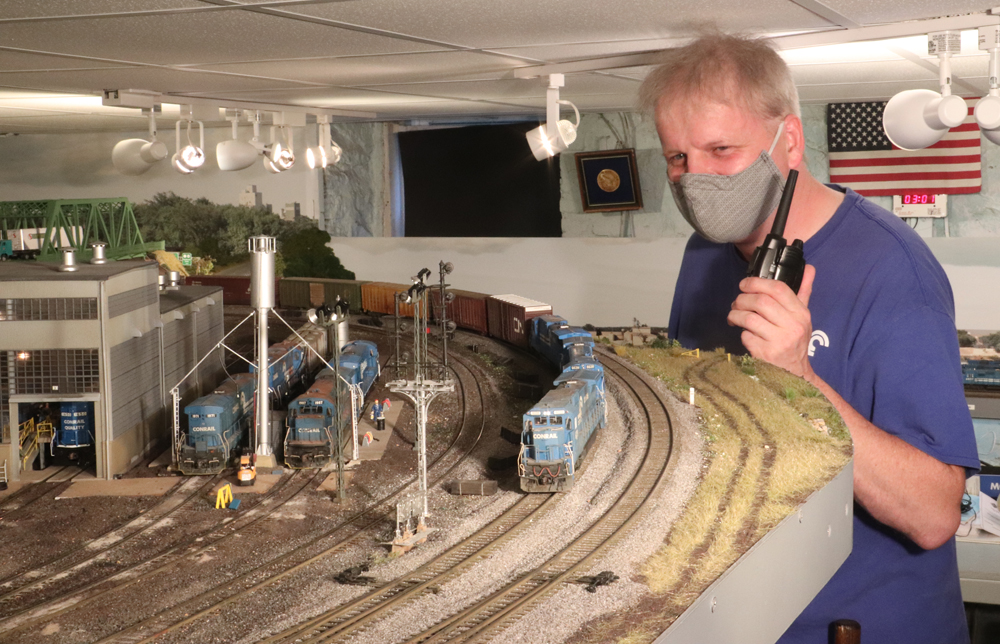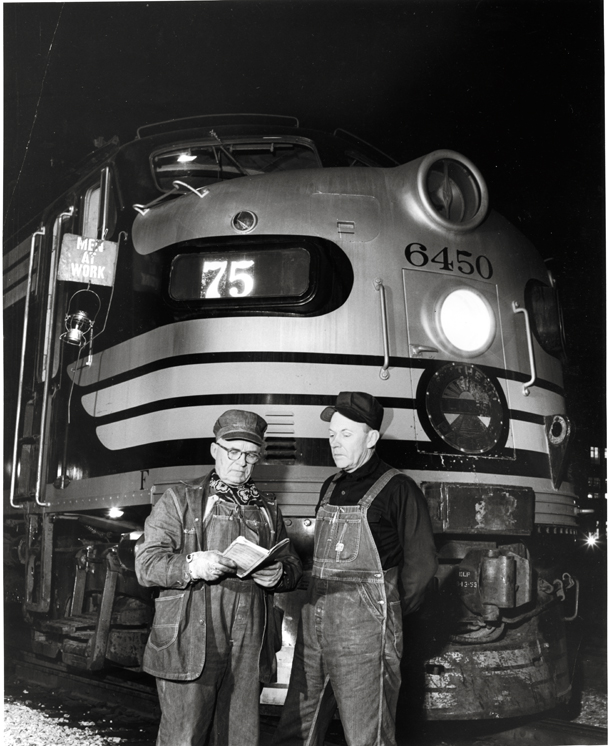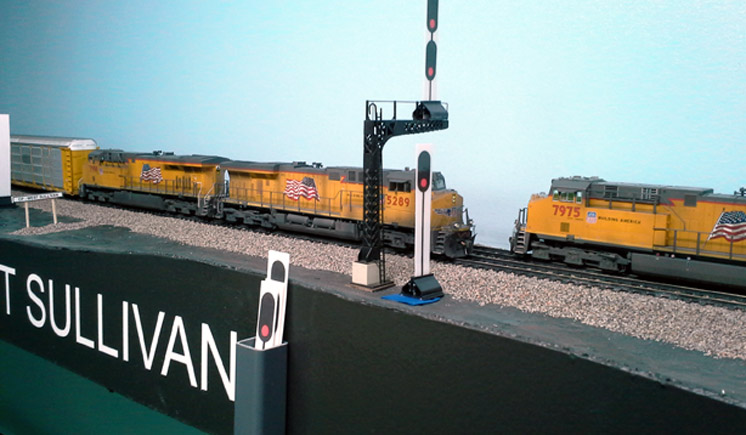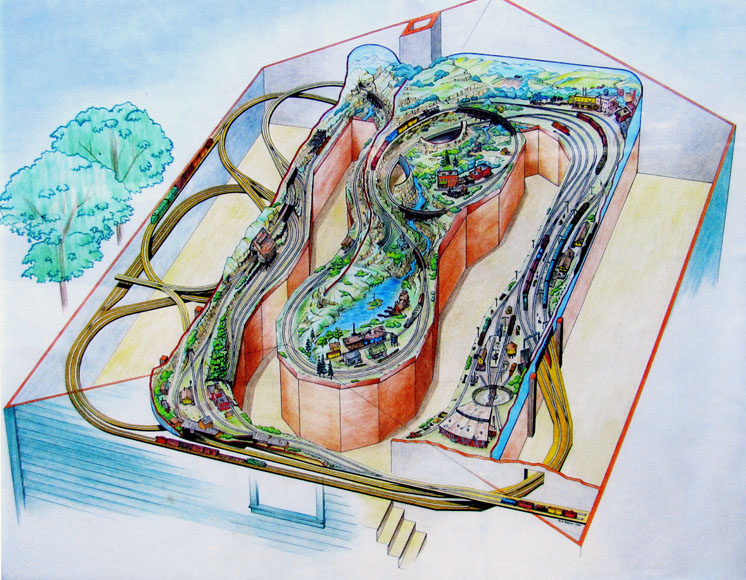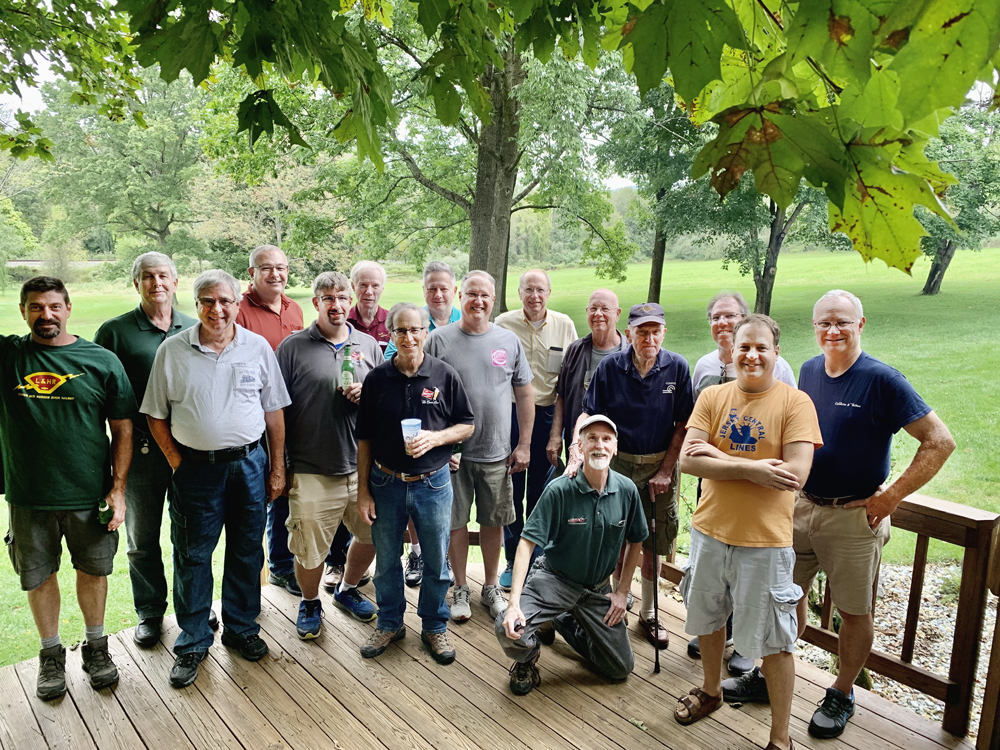
Seven operating session tips will help model railroaders step back from, or maybe step into, their layout by sharing the experience with others.
For starters, operation gives a model railroad purpose. A layout compares with a theater’s stage, its props the scenery and rolling stock. In an operating session, this stage springs to life, re-creating the past or present glory of the railroading that inspired the layout’s creation.
Perhaps you’ve begun operation and are considering hosting visitors. Here are some suggestions to have a successful operation session.
7 Operating session tips
Start small.
Invite friends familiar enough with your operating scheme that they grasp what you want to accomplish. Walk through each job that expresses your vision for the layout, from a brace of GP40-2s leading a fast freight to a branch line local plodding behind a 2-8-0 steam locomotive. How many cars does the train handle? Which yards or towns does it work?
Test it.
Run each job through its paces. Does the locomotive operate smoothly? Is the trackage reliable so movements are free from derailment? Do the cars couple and uncouple easily? Is the work easily seen and performed? How much time does the job require? Starting small and testing helps work out the bugs.
Script it.
Prepare short descriptions or job briefs. Spell out where each train originates and where it ties up. Which locomotive is assigned and how is it addressed? Which yards and industries does the train serve? Make this information fit on a shirt-pocket-size card in readily legible print. Visitors appreciate good documentation.
Line up.
Assemble a lineup, or operating plan. List all the jobs an operating session includes, shown in the order they will be filled. This need not be a rigid schedule, but it should anticipate the duration of each job. For example, a single crew could handle two consecutive 90-minute jobs in a 3-hour session.
Clean it.
Poor conductivity will defeat the best-laid track. Wheel and track cleaning technique varies widely. Use your method of choice to tune up the layout, especially locomotive wheels. It takes very little dirt to interfere with locomotive performance.
Tidy up.
Make a good impression with a neat layout room. Even a completed, fully scenicked layout is a work in progress, so clear aisles and put away tools and other objects that clutter layout surfaces.
House rules.
Let visitors know what to expect. Is yours a non-smoking home? Do you allow snacks and beverages in the layout room? Does the layout room have an outside entrance? Do you require use of uncoupling picks? Do you prefer to handle superdetailed equipment personally, including rerailing? Make fire extinguisher locations, escape routes, and other emergency plans well understood.
Operating tips conclusion
Preparations like these were made for a bright fall weekend on which some nearby layouts, one my own, hosted a small number of out-of-town friends. In advance, we each sent an overview describing a layout’s place and era. Operation ranged from coal drags and milk runs to time freights and double stacks, spanning the post-war period to the 1990s. We offered the guests key jobs, assuring them that local helpers would assist without intruding.
Don’t we all strive to make a layout so convincing that a visitor feels he becomes a participant, not a witness? People put the drama of operation into railroading, no matter which the era or the scale. They make machines and physical plant come alive. Engineers, conductors, dispatchers, and operators: There’s personality in each role, allowing for plenty of good-natured ribbing, too.
This camaraderie makes a session more a symphony than a script, becoming a satisfying experience for all.






